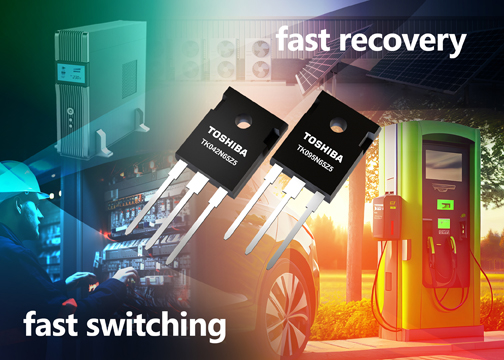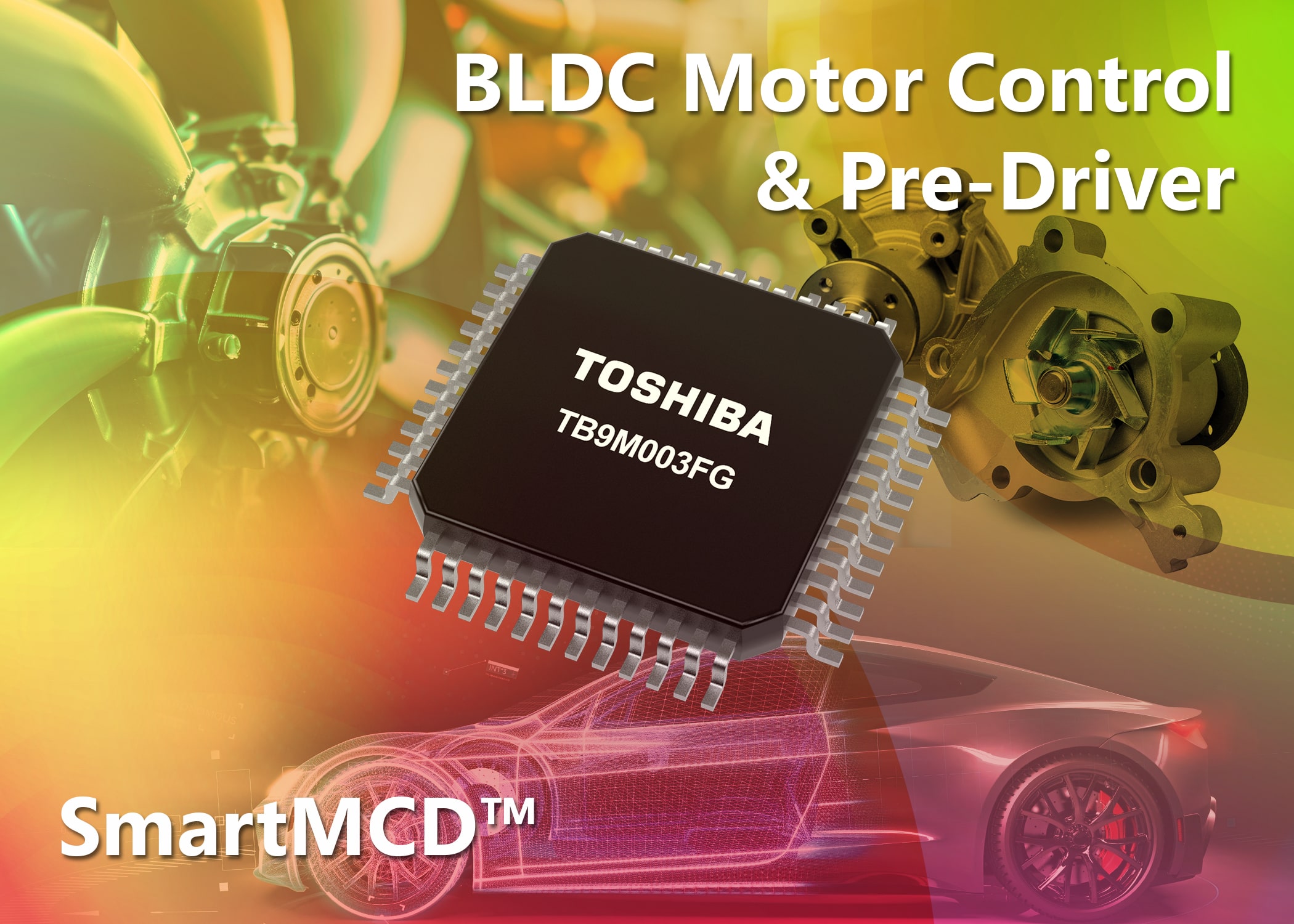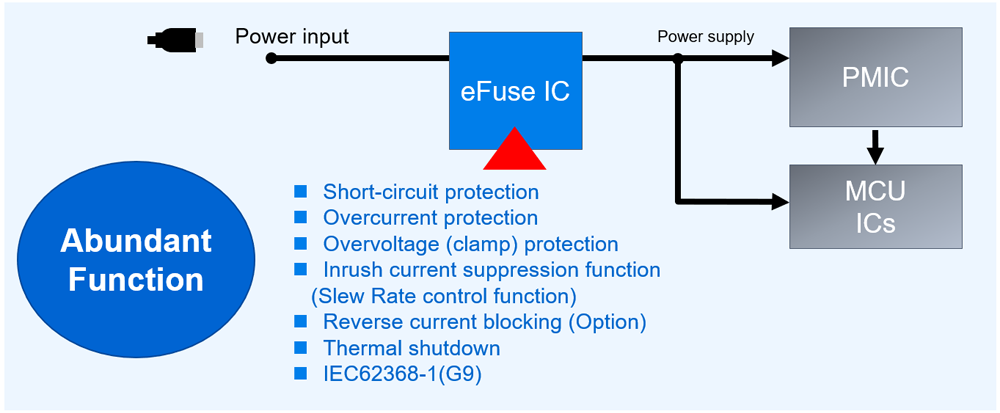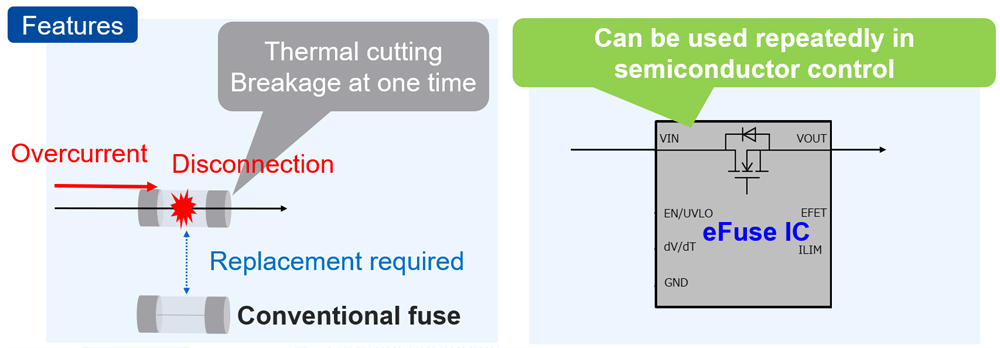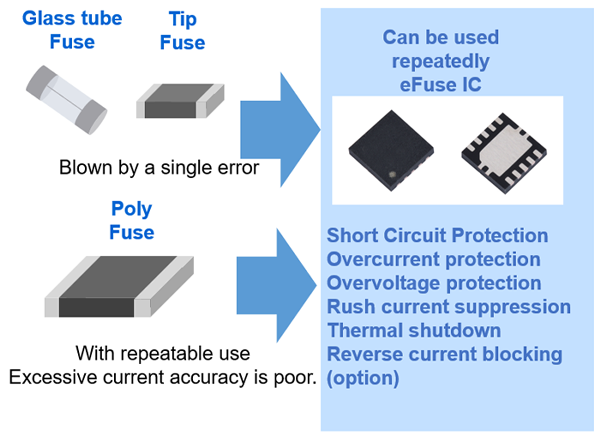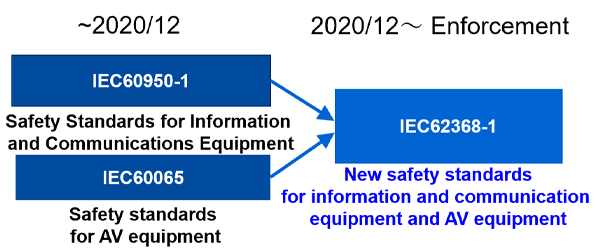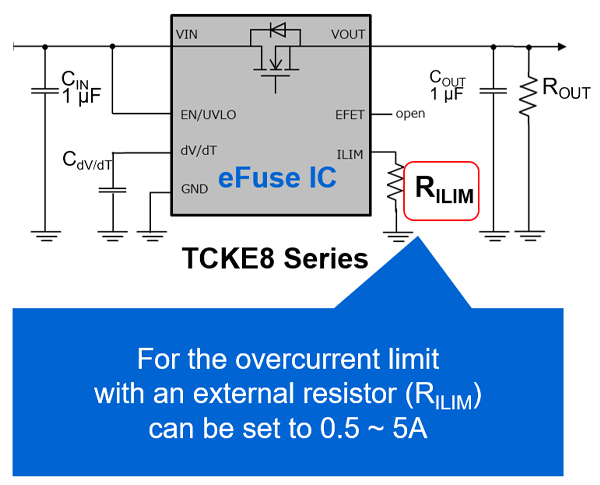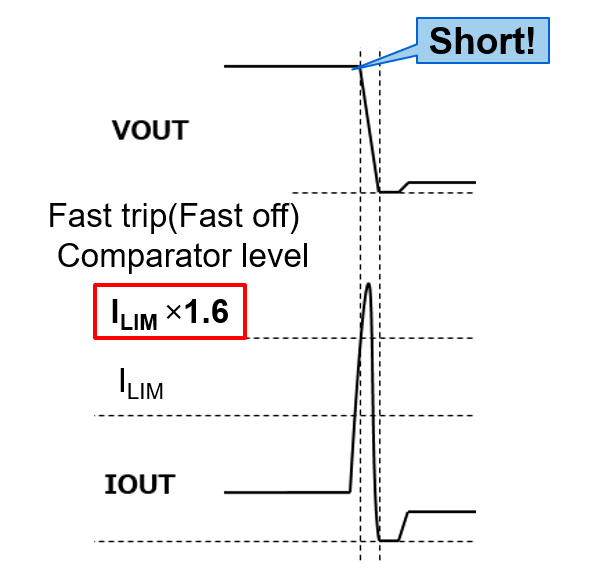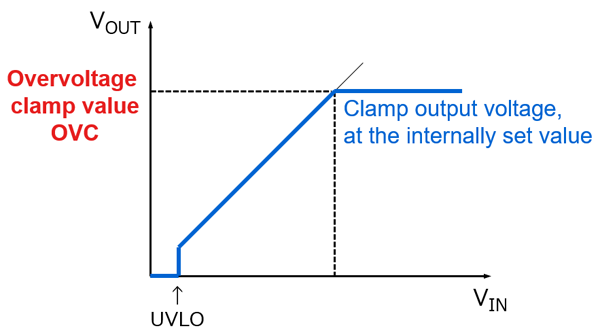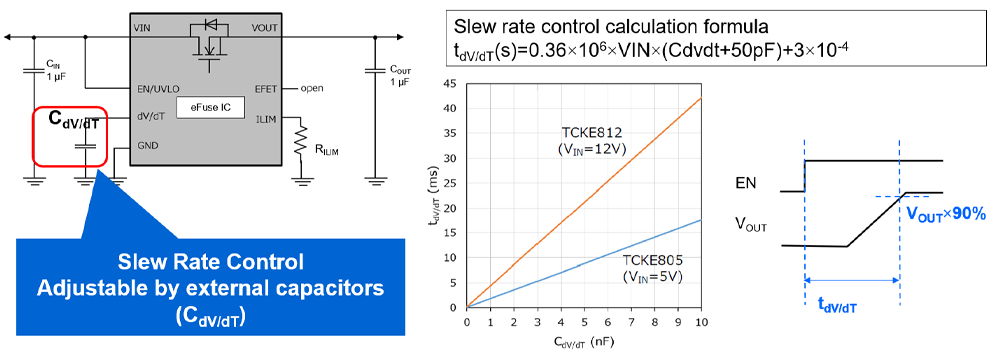- General Top View
-
SEMICONDUCTOR View
-
Applications
Body Electronics
xEV
In-Vehicle Infotainment
Advanced Driver-Assistance Systems (ADAS)
Chassis
Infrastructure
BEMS/HEMS
Factory Automation
Commercial Equipment
IoT Equipment
Healthcare
Wearable Device
Mobile
Computer Peripherals
-
Products
Products
-
Design & Development
Design & Development
Innovation Centre
At the Toshiba Innovation Centre we constantly strive to inspire you with our technologies and solutions. Discover how to place us at the heart of your innovations.
-
Knowledge
Knowledge
Highlighted Topics
Further Materials
Other
- Where To Buy View
-
- STORAGE View
- COMPANY View
- Part Number Search
- Cross Reference Search
- Keyword Search
- Parametric Search
- Stock Check & Purchase
This webpage doesn't work with Internet Explorer. Please use the latest version of Google Chrome, Microsoft Edge, Mozilla Firefox or Safari.
require 3 characters or more.
The information presented in this cross reference is based on TOSHIBA's selection criteria and should be treated as a suggestion only. Please carefully review the latest versions of all relevant information on the TOSHIBA products, including without limitation data sheets and validate all operating parameters of the TOSHIBA products to ensure that the suggested TOSHIBA products are truly compatible with your design and application.
Please note that this cross reference is based on TOSHIBA's estimate of compatibility with other manufacturers' products, based on other manufacturers' published data, at the time the data was collected.
TOSHIBA is not responsible for any incorrect or incomplete information. Information is subject to change at any time without notice.
require 3 characters or more.
Comparison of eFuse IC performance with conventional fuses

Results of short circuit protection operation
|
eFuse IC (TCKE812NL) |
Polyfuse |
Chip fuse |
|---|---|---|---|
Rated current |
3 A (Setting) |
3.1 A (Rated) |
3 A (Rated) |
Interruption time |
2 μs |
2.9 S |
7 μs |
Protective operation review |
|
|
|
It was confirmed that a large current of 70A or more flowed momentarily in the poly fuse and chip fuse, and the chip fuse was broken.
The figure above shows the result of comparing the short circuit protection performance between the eFuse IC and the conventional fuse (poly fuse, chip fuse).
We were checking how long the output current turned off when the output is short-circuited to GND.
(For comparison, the overcurrent settings of the eFuse IC, poly fuses, and chip fuse ratings were unified around 3A.)
As a result, the off time of the eFuse IC on the left side was about 2 μs, while that of the poly fuse in the middle figure was about 3 seconds, and that of the chip fuse in the right figure was about 7 μs.
The peak current was also suppressed to about 35A by the eFuse IC.
On the other hand, conventional fuses did not fit in the measurement range, and a large current of 70A or more flowed.
Basics of eFuse ICs
Related information
- Product Web Page
- Applidcation Notes
- FAQ
- Parametric searches for all Toshiba eFuse IC products are available here:
- Stock Check & Purchase Toshiba eFuse IC here
